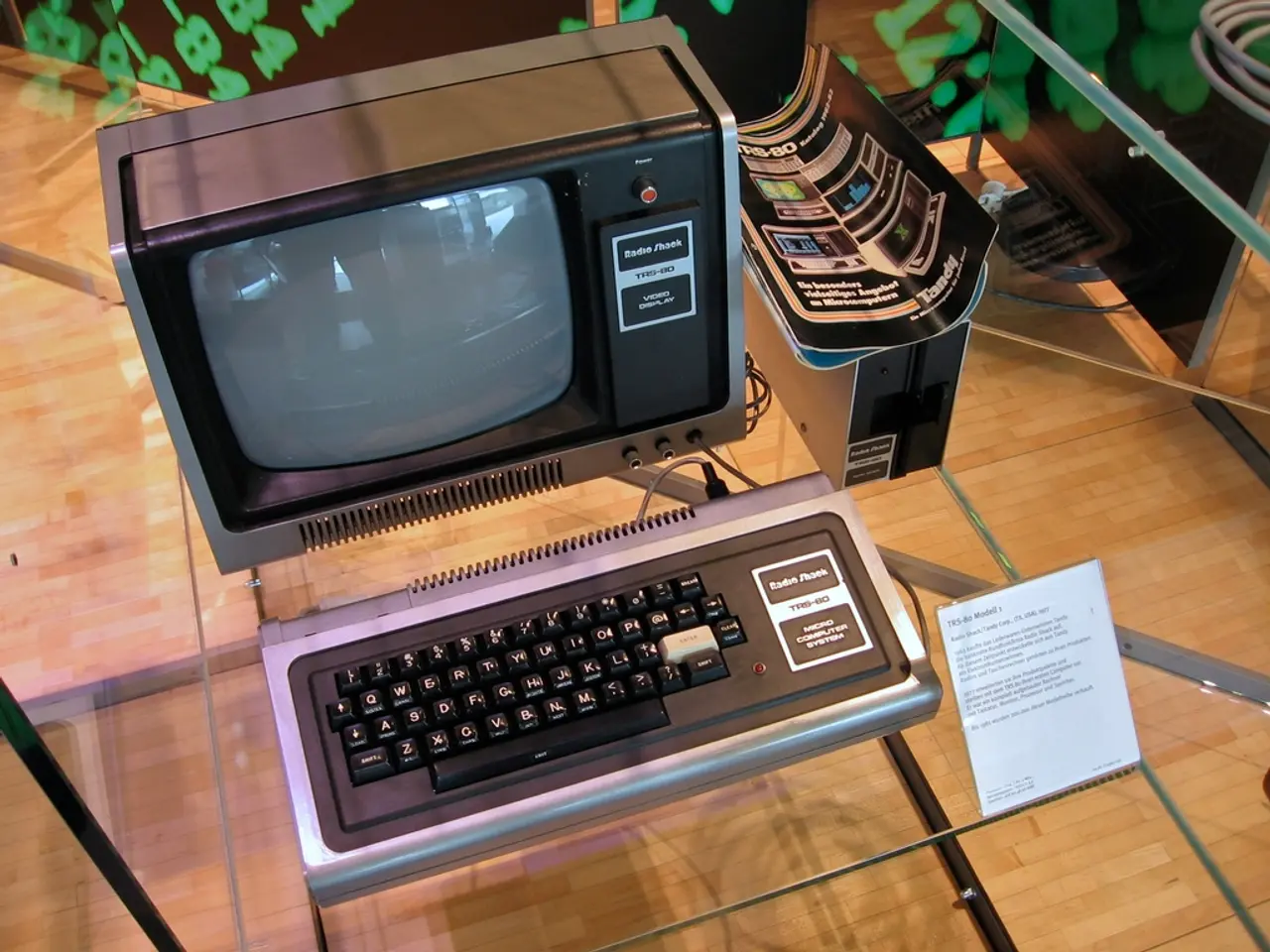Examining the Core Operations of Prominent Semiconductor Giant
Intel Shifts Focus, Maintains Leadership in Semiconductor Industry
Intel Corp., one of the world's leading manufacturers of microprocessors and chip sets, has been making significant changes in its strategic direction. Founded in Mountain View, California, in 1968 by Robert Noyce and Gordon Moore, the company has been a cornerstone of the technology industry for over five decades.
In recent years, Intel has shifted some of its focus to smaller devices and embedded systems, including chips for cars, planes, traffic signals, and factory assembly lines. This strategic move is part of Intel's efforts to maintain its position as a leader in the rapidly evolving semiconductor industry.
Despite these changes, Intel remains a formidable force in the industry. As of the end of 2024, the company boasts a workforce of 108,900. However, the company faced a setback in 2020 when Apple announced that it was developing its own semiconductor solutions and that its new laptops and desktops would no longer use Intel processors.
Intel's success is underpinned by its commitment to research and development (R&D), a factor that has been critical to its success since its inception. The company's products are manufactured in-house at Intel-owned facilities, unlike most other semiconductor companies. Intel's manufacturing facilities are spread across the United States, including Arizona, California, Massachusetts, New Mexico, Texas, and Oregon, as well as in Europe, the Middle East, and Asia.
In 2023, Intel's revenue of $51 billion reclaimed the top spot in the industry, with Nvidia, Samsung, Qualcomm, and Broadcom rounding out the top five revenue generators. However, Intel dropped to fifth place by the end of 2024, behind Samsung, Nvidia, Taiwan Semiconductor Manufacturing Co., and Broadcom.
Intel's business organization includes five major divisions or groups: Client Computing Group, Data Center and AI Group, Network and Edge Group, Intel Foundry Group, and All Other Group. As of 2023, 40% of Intel's net revenue came from three main customers: Dell, Lenovo Group, and HP, and the percentage increased to 45% by the end of 2024.
In February 2021, Intel's board of directors announced that CEO Bob Swan would be replaced by VMware CEO Pat Gelsinger. Gelsinger faced pressure from the Intel board over a lack of confidence in his turnaround plans and his perceived failure to respond to a competitive edge by Nvidia, and he stepped down in December 2024. Semiconductor executive Lip-Bu Tan succeeded Gelsinger in March 2025, but his tenure was short-lived due to pressure from then-President Trump over his ties with his Chinese businesses.
In 2020, Intel announced it had doubled its combined 14-nanometer (14nm) and 10nm manufacturing capacity, enabling it to expand its line of 10nm products and launch its next generation of mobile PC processors. The company also broke ground in September 2022 on a new mega semiconductor plant in Ohio, but its expected completion date has been moved back from 2025 to 2030.
Intel's co-founder Gordon Moore is best known for his observation in technology, known as Moore's Law, which states that transistor density doubles every two years. This observation has been a guiding principle for Intel's R&D efforts and has contributed significantly to the company's success.
Despite the challenges faced by Intel, the company remains a key player in the semiconductor industry. Its commitment to innovation, R&D, and manufacturing excellence has allowed it to maintain its position as a global leader in the field.
Read also:
- Show a modicum of decency, truly
- Latest updates for July 31: Introduction of Ather 450S with expanded battery, unveiling of new Tesla dealership, and additional news
- VinFast's debut EV plant in India, Tata Harrier EV distribution starts, next-gen Mahindra Bolero sightings caught on camera
- Tesla-powered residences in Houston create a buyers' frenzy








